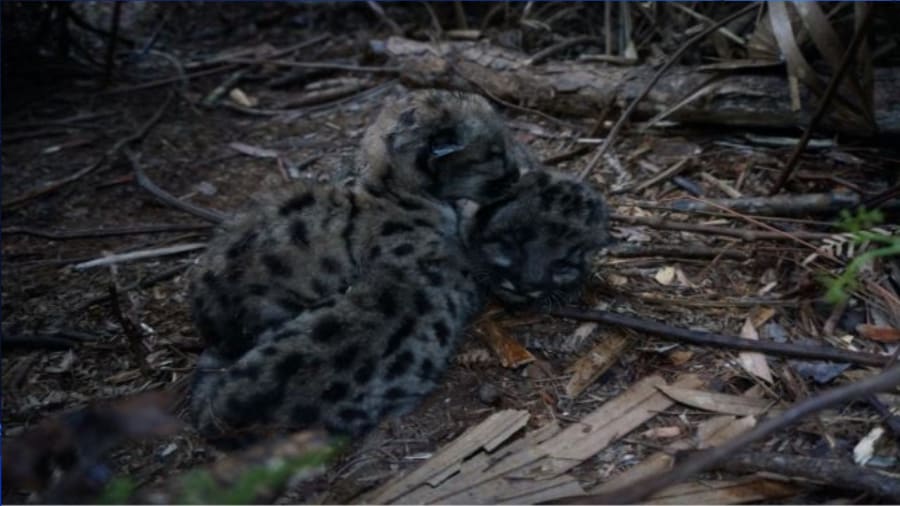Friday is the 50th anniversary of the Endangered Species Act. An estimated 291 species have been saved from extinction since the law was signed in 1973. To date, the law has saved more than 99% of species under its protection.
There are several endangered animals we can all help work to protect here in Florida.
Recommended Videos
The Florida Panther

Panthers have been documented throughout much of the peninsula and even into Georgia. The core population, however, is found south of Lake Okeechobee.
There are approximately 120 to 230 adult panthers in the population.
Florida State Parks says there are several areas in the state you can see the panther in the wild.
- Two Florida panthers are permanent residents at Ellie Schiller Homosassa Springs Wildlife State Park. Like the other native wildlife that reside in the park, they serve as ambassadors for their species. Unable to survive in the wild on their own, these two cats provide an opportunity for visitors to learn about their stories.
- Collier-Seminole State Park, located just south of Naples, is known for its beautiful royal palms and canoeing on the Blackwater River. Visitors who keep watch might see a Florida panther, likely early in the day or late in the evening.
- Fakahatchee Strand Preserve State Park serves as the western gateway to the Everglades. Some visitors are lucky enough to see fresh panther tracks or one of the big cats at a distance. This park’s swamps, towering royal palms and bromeliad-covered trees provide more than 77,000 acres of habitat for Florida panthers. Watch for panthers on a tram ride down Janes Scenic Drive.
The Florida panther faces numerous threats due to an increasing human population and development in their habitat. Most fatalities occur when Florida panthers are accidentally hit by motorists.
The Manatee

In 1975, Florida’s school children helped designate the endangered Florida manatee as Florida’s state marine mammal. Before and since then, various research, management and educational efforts occurred to bring back a species that many people thought was on the verge of extinction.
There are many locations throughout Florida to visit and see the manatees. Florida Fish and Wildlife (FWC) shared this map.

Remember when visiting the manatees, be mindful of their space. We can all take steps to help protect these endangered mammals.
- Look, but don’t touch manatees. Also, don’t feed manatees or give them water. If manatees become accustomed to being around people, they can alter their behavior in the wild, perhaps causing them to lose their natural fear of boats and humans, which may make them more susceptible to harm.
- Do not pursue or chase a manatee if you see one while you are swimming, snorkeling, diving, paddling or operating a boat.
- Never poke, prod, or stab a manatee with your hands, feet, or any object.
- If a manatee avoids you, do not chase the animal for a closer view.
- Give manatees space to move. Avoid isolating or singling out an individual manatee from its group and do not separate a cow and her calf.
- Keep hands and objects to yourself. Don’t attempt to snag, hook, hold, grab, pinch, hit or ride a manatee.
Sea Turtles
A set of endangered creatures right in our backyard — the Sea Turtles.
All five Florida species are listed as either endangered or threatened. The federal Endangered Species Act lists the green, leatherback, hawksbill, and Kemp’s ridley turtle as endangered. The loggerhead is listed as threatened.
You can help protect the Sea Turtles by keeping our beaches clean. Never leave behind trash at the beach. Do not feed sea turtles or other wildlife. This encourages them to approach people in high-traffic areas.
Turn off the lights. Keep beachfront lights off throughout the night from May to October as they can confuse sea turtles during the mating season.
If you find a stranded turtle, Call the Florida Fish and Wildlife Conservation Commission (FWC) Division of Law Enforcement at 1-888-404-FWCC or *FWC from your cell phone.


